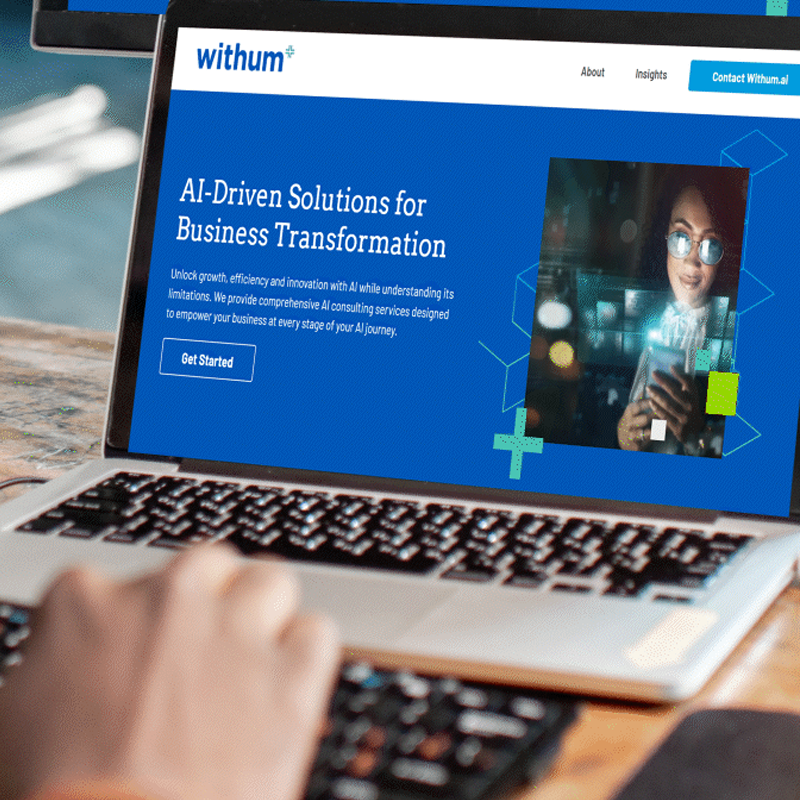In a fiercely competitive market, life sciences leaders face the dual pressures of spiraling R&D costs and the urgent need to accelerate innovation. The companies that thrive will be those that move beyond traditional models and embrace a new strategic advantage: autonomous AI agents. AI innovation is moving beyond using AI as a passive analytical tool and is now deploying proactive digital teammates that execute complex tasks to solve some of humanity’s most critical health challenges. This “agentic shift” is creating a new toolkit for agentic AI innovation in the life sciences. Let’s explore the tangible use cases where autonomous AI agents are already streamlining operations and delivering life-changing results to solve critical health challenges.
The R&D Agent: Engineering Cures Autonomously
One of the most significant bottlenecks in medicine has always been early-stage research. Companies are now deploying R&D agents to accelerate drug discovery at an unprecedented rate. Given a high-level goal, such as “find a molecule to inhibit a specific cancer protein,” these agents can autonomously model disease pathways, generate novel drug candidates using generative AI and run simulations to optimize them for efficacy and safety.
Real-World Application: An R&D agent can work 24/7, leveraging powerful foundational models (e.g., AlphaFold) to predict complex protein structures and sift through millions of molecular structures to identify the most promising ones. The agent doesn’t just present a list; it proactively refines the candidates, predicts their properties and flags the top contenders for lab validation. This reduces years of work down to months, moving beyond theoretical possibilities to designing viable treatments for conditions once thought too complex to tackle. From a business and investor perspective, this translates into a powerful competitive advantage, significantly de-risking the R&D pipeline and accelerating the path to market.
The Clinical Agent: Personalizing the Patient Journey
Clinical trials are the bedrock of medical validation. Here, AI introduces a promising concept: the clinical agent that manages a patient’s “digital twin”. This is more than a static model; it’s a dynamic simulation built from an individual’s genomic, transcriptomic and clinical data. Within this virtual environment, an AI agent can test thousands of therapeutic strategies, such as varying drug dosages or predicting the efficacy of novel combination therapies, to identify the most promising and safest path forward before treatment even begins.
Real-World Application: In oncology, a clinical agent can use a digital twin to determine the optimal drug combination for a specific patient. It can then monitor the trial, flagging potential adverse events before they become critical and suggesting real-time protocol adjustments. This agent-driven approach enhances patient safety and helps design hyper-personalized trials. This directly addresses the high cost of clinical trials by reducing failure rates and creating a stronger, data-driven case for regulatory approval and reimbursement.
The Logistics Agent: Securing the Supply Chain
The final hurdle for any therapy is the journey to the patient. For advanced treatments like cell therapies, this is a mission-critical process. Companies can now rely on logistics agents for highly specific tasks like providing demand forecasting to optimize manufacturing schedules and managing cold chain integrity during supply chain planning. These agents take full ownership of ensuring these fragile, life-saving therapies are handled with precision.
Real-World Application: A logistics agent doesn’t just monitor a shipment temperature; it acts. If it predicts a flight delay or a weather disruption, it autonomously re-routes the shipment, books new transport, and notifies all stakeholders. The business impact is immediate: revenue is protected, the immense financial risk of product loss is mitigated, and the brand’s reputation for reliability is enhanced.
Lessons from the Field: A Framework for Governing Autonomous AI Agents
Deploying autonomous agents requires more than technology; it demands a new operational mindset for governance and trust. Industry experience has shown that successful implementation rests on addressing three critical areas:
- Data, Teams and Bias: Effective AI agents require a foundation of high-quality, diverse data. We learned quickly that success depends on building a robust data infrastructure supported by cross-functional teams of data scientists, clinicians, and IT experts. To ensure data quality and reduce bias, our process includes rigorous validation protocols and sourcing data from diverse, representative populations. Furthermore, we actively audit our models for algorithmic fairness to ensure the agents operate equitably and produce reliable outcomes for all patient groups.
- Transparency and Responsible AI Frameworks: To trust an autonomous agent, stakeholders must understand its decisions. Industries are taking concrete steps to ensure transparency, such as implementing model cards for clear documentation and building explainable AI (XAI) into systems. This crucial step moves beyond treating AI as an impenetrable “black box” by providing clear, human-understandable justifications for any recommendation or action taken. From a business perspective, this level of transparency is non-negotiable – it is essential for gaining regulatory approval, ensuring user adoption and building the foundational trust required to integrate AI into critical workflows. By surfacing the key data points and logic that drive an agent’s conclusions, XAI creates a verifiable audit trail, empowering clinicians and scientists to trust and act on AI-driven insights and transforming a potentially opaque technology into a collaborative partner.
- Streamlining Operations: Ultimately, the goal of these AI agents is to streamline business operations, so the focus stays on what matters: the patient. By delegating routine and complex tasks to these digital teammates, agentic AI frees up our human experts to innovate and provide better care.
The Agentic Shift: Redefining Innovation Through Agentic AI Innovation in Life Sciences
Ultimately, the adoption of autonomous AI agents is becoming a key differentiator for success in life science. Your focus should be on exploring ways agentic AI complements and augments your existing scientific and business strategies.
AI Solutions for Your Business
Explore withum.ai, your go-to resource for AI strategy, implementation and responsible adoption. Find practical insights and expert guidance to help your business effectively navigate the AI landscape.
Contact Us
The future of life sciences is agentic, and now is the time to act. Agentic AI can unlock faster discoveries, smarter trials, and more resilient operations. Are you ready to lead the agentic transformation? Contact our AI Services Team today to see what’s possible.







